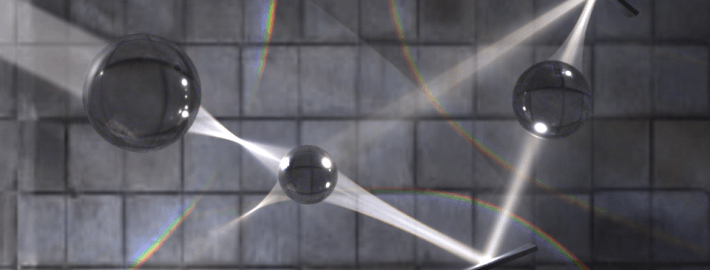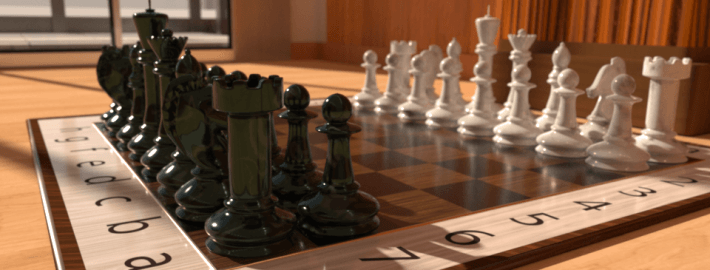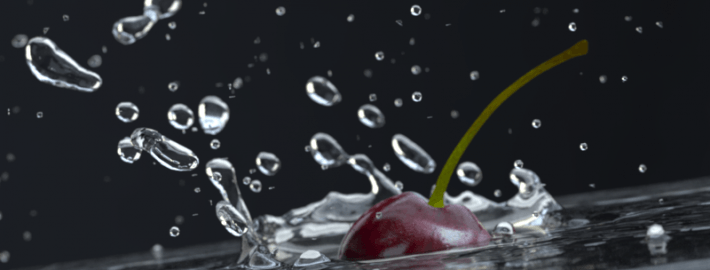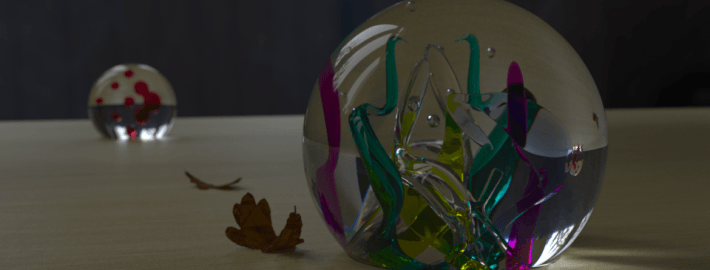Introduction
This rendering course is an MSc-level class at the Technical University of Vienna. It is about ray tracing, photorealistic rendering and global illumination. The lecture was usually held a few tens of students at a time, which makes it one of the more popular courses in the Master’s curriculum. However, I believe that the teachings should be for everyone and not be a privilege of only a few who can afford a college education. So here you go, the whole rendering course is now available online, free of charge, for everyone!
If you spot any errors anywhere, please let me know and I’ll try my best to fix them.
Aim of the course
This course aims to give an overview of basic and state-of-the-art methods of rendering. Offline methods such as ray and path tracing, photon mapping and many other algorithms are introduced and various refinement are explained.
The basics of the involved physics, such as geometric optics, surface and media interaction with light and camera models are outlined.
The apparatus of Monte Carlo methods is introduced which is heavily used in several algorithms and its refinement in the form of stratified sampling and the Metropolis-Hastings method is explained.
At the end of the course students should be familiar with common techniques in rendering and find their way around the current state-of-the-art of the field. Furthermore the exercises should deepen the attendees’ understanding of the basic principles of light transport and enable them to write a simple rendering program themselves.
Subject of the course
- Rendering theory
Basic optics, rendering equation, filtering - Rendering algorithms
Ray tracing, radiosity, (bi-directional) path tracing, Metropolis light transport, precomputed radiance transfer, (stochastic progressive) photon mapping, irradiance caching, path space regularization, vertex connection and merging - Acceleration techniques
Spatial hierarchies, sampling strategies, - Surface representations
BRDF models: Lambert, Phong, Oren-Nayar, Cook-Torrance, Ashikhmin-Shirley - Higher dimensional effects
Motion blur, depth of field - Camera models
Pinhole, Perspective, Orthographic
- Post processing
HDR, tone mapping - And much, much more!
Thank you Mikhail Kravchenko for writing up some lecture notes here!
Bibtex
If you would like to refer to this course in your publication, please use the following entry:
@misc{ZsolnaiRendering,
Author = {K'{a}roly Zsolnai-Feh'{e}r},
Year = {2018},
Note = {https://users.cg.tuwien.ac.at/zsolnai/gfx/rendering-course/},
Title = {TU Wien Rendering Course}
}







